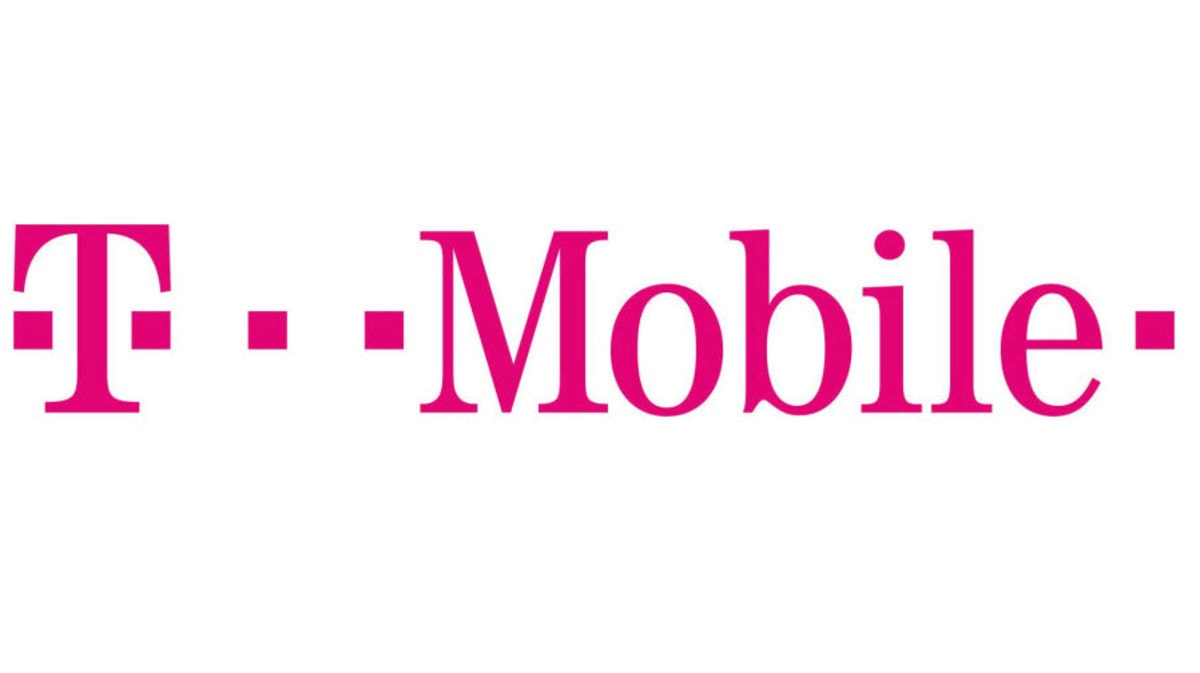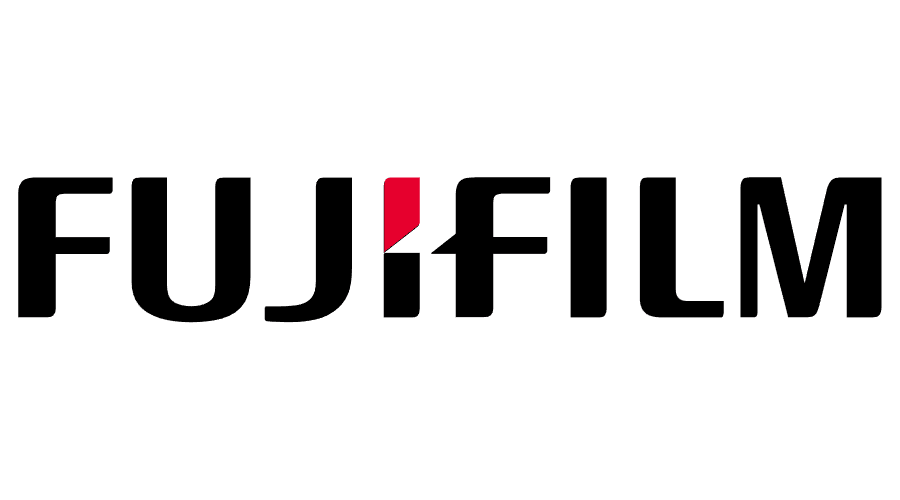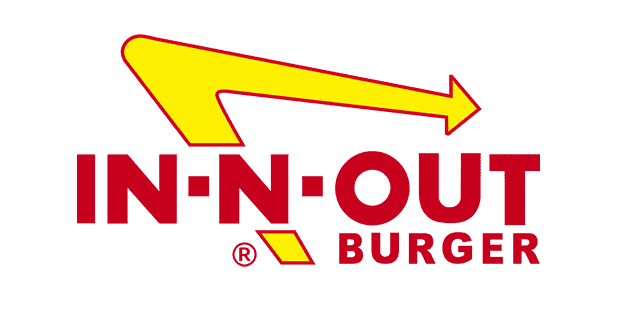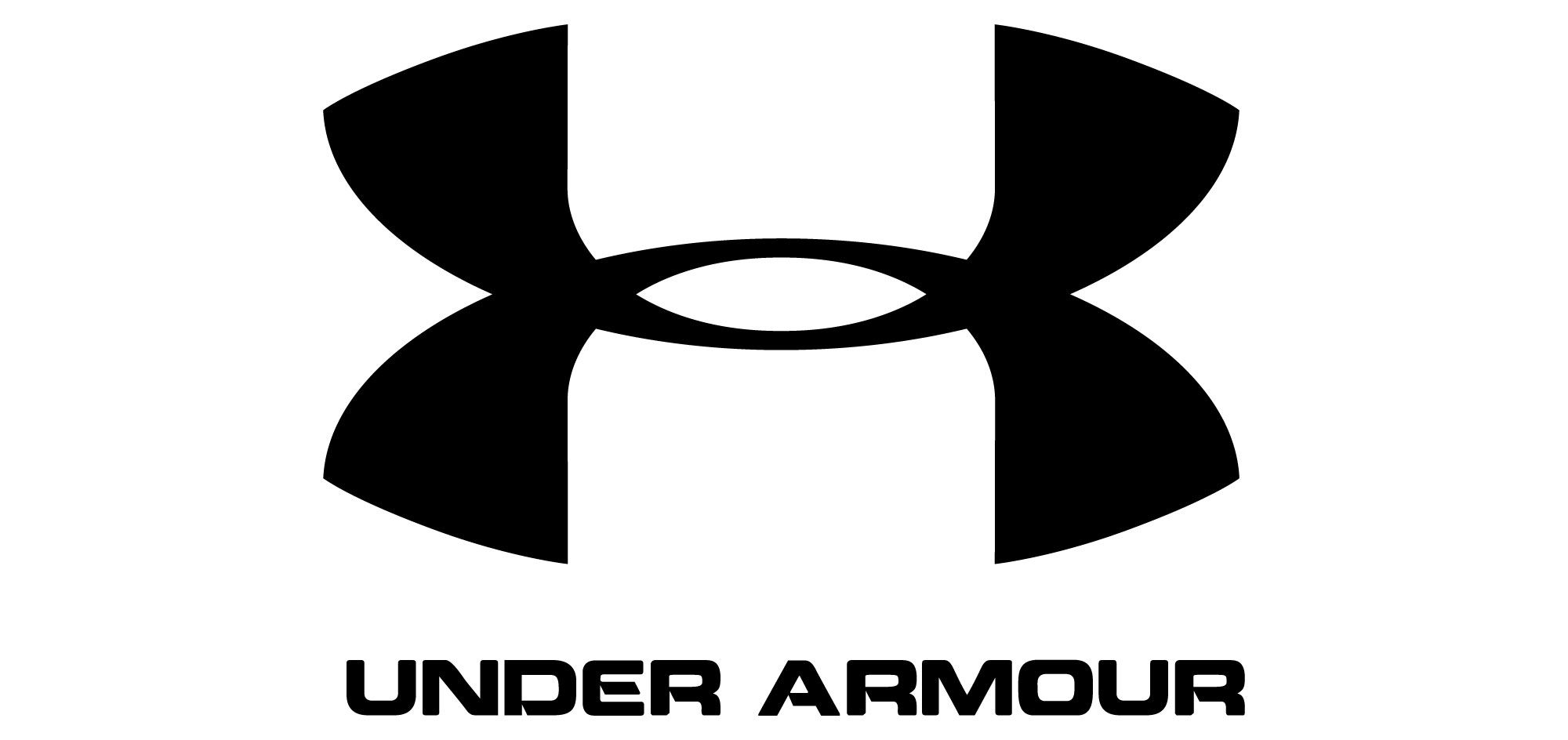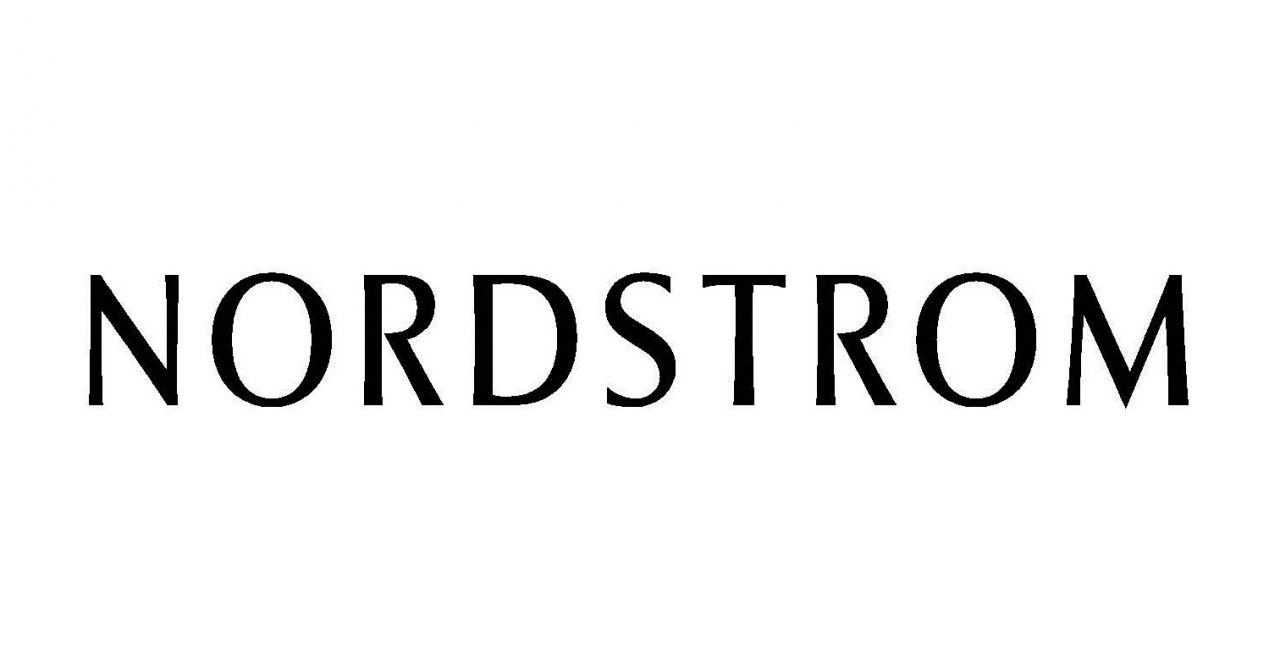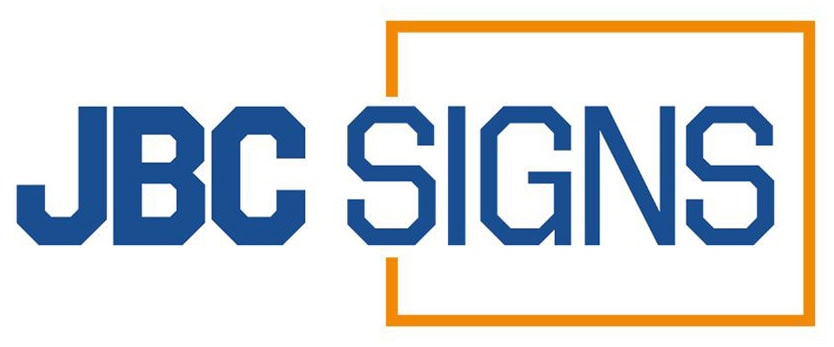Key Takeaways:
- Build Trust with Transparency: Including prices in your brochure can build trust with potential customers. Transparency helps clients understand the value of your products or services upfront, leading to a more informed purchasing decision.
- Pre-Qualify Leads: Listing prices can help pre-qualify leads by filtering out customers who may not be ready to invest at your price point. This can save time for both you and the customer, ensuring that your brochure reaches a more targeted audience.
- Create a Sense of Urgency: Including pricing alongside limited-time offers or discounts can create a sense of urgency. Customers may feel compelled to act faster if they see a competitive price, leading to quicker conversions.
- Enhance Perceived Value: Sometimes, withholding prices in a brochure can actually increase curiosity and prompt inquiries. When prices are not disclosed, it may entice potential customers to contact you for more details, opening the door to personalized service and upselling opportunities.
- Consider Your Audience and Product Type: Whether or not to include prices depends on your product or service and your target audience. For high-end or customizable products, omitting prices might be beneficial, while straightforward products or services may benefit from clear price listings for transparency.
It’s a question marketers have struggled to answer for decades: Should you include your product or service’s price in your advertising, or should you leave it for people to find out after they express an interest in what you’re selling?
Pricing can have a huge psychological impact on consumers, and it can, in turn, have a big impact on the effects of your brochures, signs and other marketing materials. A listed price can improve results sometimes; in other situations, it can ruin them.
In this guide, we’ll share four factors to consider when it comes to including pricing in your brochures, literature displays, signs, advertisements and other marketing materials to help you get the most from your campaign.
Including your price creates a psychological hurdle to overcome
Have you ever been interested in a product only to change your mind upon finding out how much it cost? Pricing can often create a barrier for consumers, but in many cases this barrier can be overcome by not disclosing pricing immediately.
When there’s a significant amount of time between a consumer finding out about your product and discovering its price, they’re more likely to overcome the usual objections to its price than if they had found out its price immediately.
This is particularly true of high-ticket, costly items. There’s a reason luxury goods are never advertised with their price attached – by building desire and anticipation in their target audience, price becomes less of a barrier to making a purchase.
Excluding your price can leave prospective customers guessing
If you’re selling a product that many consumers view as a commodity, excluding the price of your product can leave customers guessing not just to how much it will cost them to buy, but how much it’s worth.
There’s a reason electronic goods are often marketed based on price – in a crowded industry with massive amounts of competition, disclosing the price of a product can increase desire and set your brand apart from the competition.
If your product is viewed as a commodity by consumers or you operate in a highly competitive, crowded industry, including your product’s price in your brochures or advertising can reduce ambiguity and make it more appealing to consumers.
Including your price could cheapen your product’s perceived value
In some cases, including the price of your product could make it seem lower quality than it really is. A classic example of this is in the fashion industry, where products that cost less are routinely thought of as being worth less on a quality basis.
There’s a reason luxury brands never market their products with prices attached – it creates, in many people’s mind, a cheapening effect on the product itself. Including a price brands your product as a commodity rather than as a luxury item.
If you’re selling a high-ticket item or high-end B2B service, it’s often worth leaving the price out from your marketing materials. Not only does this often increase the perceived value of your product, it also encourages people to call and inquire.
Excluding your price can make people assume your product is costly
There can be a downside to excluding your price with goals of increasing perceived value – it also often makes people assume that your product is costly and thus out of their price range.
If your product is competitively priced and affordable, you should think of this as a marketing asset. Excluding it for psychological pricing reasons can discourage many of your prospective customers from taking action due to its perceived expense.
When you’re selling something that’s competitively priced and marketed as a low-cost alternative to its counterparts, it’s vital that you include it’s price. As price is a major part of your value proposition, leaving it out could cost you sales.
Enhancing Brochure Display with Optimal Sign Holder Placement
Including pricing in your brochures is an important decision, but equally essential is how you display those brochures to maximize their impact. Tabletop, wall-mounted, and first-rate sign holders can all contribute to creating an organized, visually appealing presentation for your brochures, whether or not they feature pricing.
Tabletop Sign Holders: Showcase Brochures at Key Decision Points
Tabletop sign holders are ideal for placing brochures with product or service information at accessible touchpoints, like checkout counters or display tables. This positioning encourages customers to pick up a brochure and review your offerings, especially when they’re close to making purchasing decisions. If your brochures include prices, tabletop holders make it easy for customers to quickly scan and evaluate pricing details in a comfortable, close-up setting.
Wall-Mounted Sign Holders: Maximize Visibility in High-Traffic Areas
For stores or offices with limited counter space, wall-mounted sign holders provide a sleek solution for displaying brochures. By positioning these holders along walls in high-traffic areas, you ensure that your brochures are visible and easily accessible without taking up valuable floor or counter space. If you choose to include prices in your brochures, wall-mounted displays can help capture customer attention and present prices in an organized and professional manner.
Good Quality Sign Holders: Create a Polished, Professional Display
Investing in good quality sign holders can elevate the overall presentation of your brochures. Acrylic or metal holders add a refined touch, enhancing the perception of your brand and making the information within your brochures feel trustworthy and premium. Good quality holders keep your brochures neatly organized and secure, whether placed on tabletops or mounted on walls, allowing customers to access essential product or service details, including pricing, in a high-quality display.
Using a variety of sign holders for brochures with or without prices ensures your marketing materials are presented in a way that’s accessible, professional, and optimized for customer engagement.
Is it a good idea to disclose your produce or service’s price right away?
Depending on your target audience and the type of product or service you’re selling, it can make sense to both include or exclude your price in brochures, retail signage and other marketing materials.
Is your product a high-end, high-priced option? If so, exclude its price and market it as a luxury good. Is your product a low-cost, competitively priced commodity? If so, market it with its price as a prominent aspect of its value to attract a large audience.
FAQs
1. Is it a good idea to include pricing in my brochure?
Including pricing in your brochure can be beneficial for transparency, helping customers make informed decisions. However, it’s important to strike a balance between showcasing value and not overwhelming readers with details. For some products or services, leaving pricing out and focusing on benefits might be a better approach.
2. When should I include pricing in a brochure?
If your product or service has a straightforward price structure, including it can build trust and prompt quicker decisions. Pricing is especially helpful if it’s a competitive offering, where customers can easily compare it to alternatives. Use clear pricing information for transparency and easier decision-making.
3. When is it better to leave pricing out of my brochure?
If your pricing varies based on customer needs, including it may confuse or deter potential buyers. In such cases, focus on the product’s value and offer to discuss pricing during follow-up interactions. Leaving out pricing works well when customization or consultation is required for accurate quotes.
4. How should I present pricing in my brochure?
If you choose to include pricing, make it clear and easy to understand. Use bullet points, tables, or tiered pricing options to present different packages or service levels. Highlight any discounts, limited-time offers, or promotions to entice readers without overwhelming them with too many options.
5. What should I focus on if I don’t include pricing?
If you decide not to include pricing, focus on the unique benefits and features of your product or service. Showcase testimonials, case studies, and value propositions that highlight why your offering is worth the price. Invite readers to contact you for a customized quote or more detailed pricing information.







